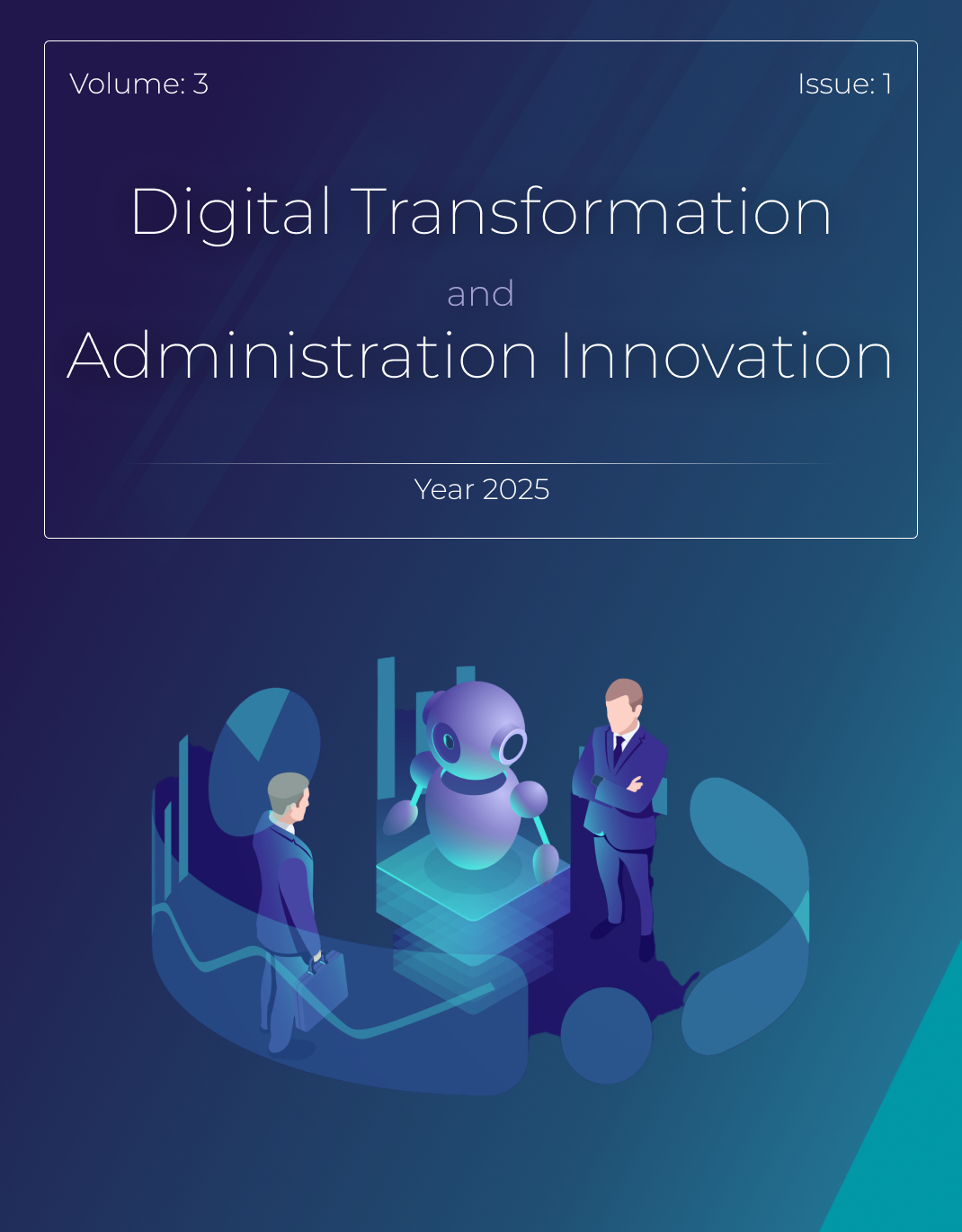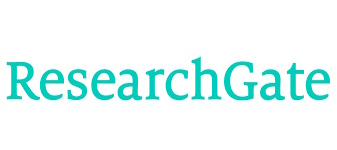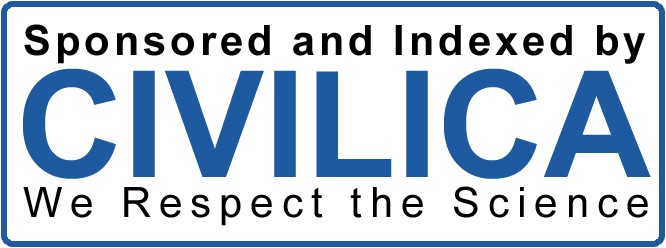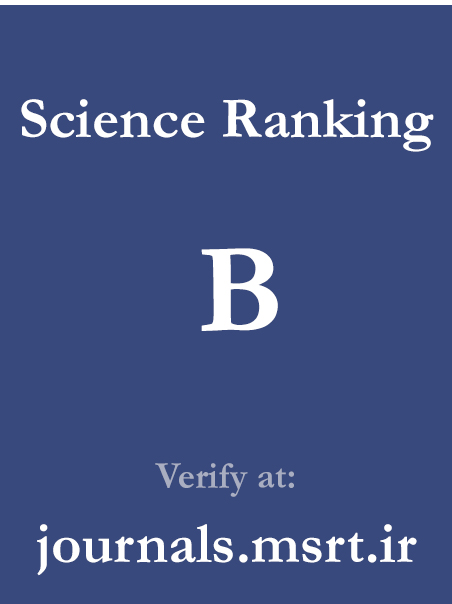Ambidextrous Human Resource Management in Project-Oriented Organizations with a Treasury Network Approach
Keywords:
Human Resource Management, Ambidexterity, Project-Oriented Organizations, Treasury NetworkAbstract
The present study aims to investigate ambidextrous human resource management in project-oriented organizations. This research is applied and employs a mixed-method approach, combining qualitative and quantitative methods. The statistical population in the qualitative section consists of 14 experts and scholars in the field of ambidextrous human resource management in project-oriented organizations. They were selected using the snowball sampling method, and semi-structured interviews were conducted until theoretical saturation was achieved. Subsequently, qualitative thematic analysis and text coding were performed. The validity and reliability of this section were assessed based on credibility criteria, including member checking (interviewees’ verification), data triangulation, negative case analysis, and transferability assessment. Next, using the treasury technique, five experts were asked to rank various aspects, including the characteristics of project-oriented organizations, organizational ambidexterity components, and the dimensions and functions of ambidextrous human resource management in project-oriented organizations, within the treasury network structure and based on a 7-point Likert scale. The treasury network evaluations were conducted for different projects, and the rankings were presented separately, showing the average scores of projects across various domains such as exploration, exploitation, and human resource management. The projects with the best performances were identified. The "Persian Gulf Star Refinery" project demonstrated the best performance in ambidextrous human resource management, whereas the "Chabahar-Iranshahr-Zahedan Railway Design and Construction" project ranked the lowest.
Downloads
References
Aghaz, A., & Ghaffari, K. (2021). Pay for Performance in Project-oriented Organizations: A case of Niroo Research Institute. Iranian journal of management sciences, 16(63), 103-133. https://journal.iams.ir/article_360.html?lang=en
Al-aloosy, K. F. Q., Mirvalad, S., & Shabakhty, N. (2024). Evaluating the impact of internet communication quality in human resource management on the productivity of construction projects. Heliyon, 10(7). https://doi.org/10.1016/j.heliyon.2024.e28500
Al-khawaldah, R., Al-zoubi, W., Alshaer, S., Almarshad, M., Alshalabi, F., Altahrawi, M., & Al-Hawary, S. (2022). Green supply chain management and competitive advantage: The mediating role of organizational ambidexterity. Uncertain Supply Chain Management, 10(3), 961-972. https://doi.org/10.5267/j.uscm.2022.2.017
Alidadi Talkhestani, Y., Mahmoodzadeh, E., Mousakhani, M., & Alvani, S. M. (2018). Investigation on Ambidextrous Human Resource Strategic Competencies in a Defensive-Industrial Organization. Journal of Improvement Management, 12(1), 27-50. https://www.behboodmodiriat.ir/article_68049.html?lang=en
Asili, G., Afkhami Ardakani, M., Ebrahimi, M., & Varmazyar, M. (2016). Defining Structural Model of Human Resource Management in Project-Based Organizations: New Trend Based on HR Quadriad. Strategic studies in the oil and energy industry, 7(28), 55-80. https://www.sid.ir/paper/519870/fa
Choudhary, P., Mital, M., Pani, A. K., Papa, A., & Vicentini, F. (2018). Impact of enterprise mobile system implementation on organizational ambidexterity mediated through BPM customizability. Business Process Management Journal, 24(5), 1235-1254. https://doi.org/10.1108/BPMJ-07-2017-0209
Eriksson, P. E. (2013). Exploration and exploitation in project-based organizations: Development and diffusion of knowledge at different organizational levels in construction companies. International Journal of Project Management, 31(3), 333-341. https://doi.org/10.1016/j.ijproman.2012.07.005
Faten Ahmed Mohammed Abd El, s., & Ahmed, M. (2024). Effect of Strategic Leadership on Organization Ambidexterity and Agility as Perceived by Staff Nurses. Assiut Scientific Nursing Journal, 0(0), 0-0. https://doi.org/10.21608/asnj.2024.289173.1821
Garaus, C., Güttel, W. H., Konlechner, S., Koprax, I., Lackner, H., Link, K., & Müller, B. (2016). Bridging knowledge in ambidextrous HRM systems: empirical evidence from hidden champions. The International Journal of Human Resource Management, 27(3), 355-381. https://doi.org/10.1080/09585192.2015.1045007
Ghobakhloo, H., Faridchehr, E., Gharibnavaz, N., & Ahmadisharif, M. (2022). Presenting the Structure of Effective Factors in the Disposing of Goods using the Repertory Grid (Validation of the Structure in the Mobile Phone Market in Tehran). New Marketing Research Journal, 12(1), 129-150. https://nmrj.ui.ac.ir/article_26585.html?lang=en
Gholamalikhan Shahsavan, H., Sheikholeslami Kandelosi, N., & Salehi Sedqiani, J. (2022). Identifying and prioritizing factors affecting organizational ambidexterity in Moheb Kowsar Hospital, Tehran. Quarterly Journal of Research and New Theories in Public Administration, 1(3), 15-33. https://www.sid.ir/paper/1045999/fa
Haass, O., & Azizi, N. (2019). Knowledge sharing practice in project-oriented organisations: A practical framework based on project life cycle and project management body of knowledge. International Journal of Project Organisation and Management, 11(2), 171-197. https://doi.org/10.1504/IJPOM.2019.100575
Haghighi, M., Dehghani Soltani, M., & Farsizadeh, H. (2018). Explaining the Role of Organizational Ambidexterity in The Impact of Pro-innovation Culture and Organizational Memory on New Product Development Performance. Public Management Researches, 10(38), 197-223. https://jmr.usb.ac.ir/article_3722.html
Haider, S. A., Zubair, M., Tehseen, S., Iqbal, S., & Sohail, M. (2023). How does ambidextrous leadership promote innovation in project-based construction companies? Through mediating role of knowledge-sharing and moderating role of innovativeness. European Journal of Innovation Management, 26(1), 99-118. https://doi.org/10.1108/EJIM-02-2021-0083
Indriyani, D. S., Utami, H. N., & Afrianty, T. W. (2024). The Role of Leadership Agility and Entrepreneurial Orientation on Innovation Ambidexterity and Its Impact on Competitive Advantage. Jurnal Aplikasi Manajemen, 22(3), 733-748. https://doi.org/10.21776/ub.jam.2024.022.03.09
Lubatkin, M. H., Simsek, Z., Ling, Y., & Veiga, J. F. (2006). Ambidexterity and performance in small-to medium-sized firms: The pivotal role of top management team behavioral integration. Journal of Management, 32(5), 646-672. https://doi.org/10.1177/0149206306290712
Majd, A. A., Armaki, A. A., Masoomi, M., Sari, H. D. G. P., & Moomivandpour, F. (2023). The Failure of Petrochemical Industries in the Oil Economy with a Special View on the Field of Human Resources Management. International Journal of Multicultural and Multireligious Understanding, 10(4), 411-443. https://ijmmu.com/index.php/ijmmu/article/view/4656
Park, Y., Pavlou, P. A., & Saraf, N. (2020). Configurations for achieving organizational ambidexterity with digitization. Information Systems Research, 31(4), 1376-1397. https://doi.org/10.1287/isre.2020.0950
Patel, P., Messersmith, J., & Lepak, D. (2013). Walking the tightrope: An assessment of the relationship between high-performance work systems and organizational ambidexterity. Academy of Management journal, 56(5), 1420-1442. https://doi.org/10.5465/amj.2011.0255
Pertusa-Ortega, E. M., Molina-Azorín, J. F., Tarí, J. J., Pereira-Moliner, J., & López-Gamero, M. D. (2021). The microfoundations of organizational ambidexterity: A systematic review of individual ambidexterity through a multilevel framework. BRQ Business Research Quarterly, 24(4), 355-371. https://doi.org/10.1177/2340944420929711
Sanaei, S., Pourkiani, M., Salajeghe, S., Sayadi, S., & Sheykhi, A. (2020). An Ambidexterity Human Resource Management Model in Iranian Police through Theme Analysis and Treasury Network. Police Management Studies Quarterly, 15(1), 29-52. https://www.magiran.com/paper/2105839/an-ambidexterity-human-resource-management-model-in-iranian-police-through-theme-analysis-and-treasury-network?lang=en
Sanaei, S., Pourkiani, M., Salajegheh, S., & Sayyadi, S. (2022). Presenting an Organizational Ambidexterity Model Based on Islamic Human Resource Management Functions in NAJA (Iranian Police Force). Quarterly Journal of Human Resource Training and Development, 9(9), 20-37. https://journals.iau.ir/article_703314.html?lang=en
Shafique, I., Kalyar, M. N., & Mehwish, N. (2021). Organizational ambidexterity, green entrepreneurial orientation, and environmental performance in SMEs context: Examining the moderating role of perceived CSR. Corporate Social Responsibility and Environmental Management, 28(1), 446-456. https://doi.org/10.1002/csr.2060
Sohani, S. S., & Singh, M. (2017). Multilevel analysis of ambidexterity and tagging of specialised projects in project-based information technology firms. International Journal of Operations & Production Management, 37(9), 1185-1206. https://doi.org/10.1108/IJOPM-04-2016-0212
Turner, N., Maylor, H., & Swart, J. (2015). Ambidexterity in projects: An intellectual capital perspective. International Journal of Project Management, 33(1), 177-188. https://doi.org/10.1016/j.ijproman.2014.05.002
Turner, N., Swart, J., & Maylor, H. (2013). Mechanisms for managing ambidexterity: A review and research agenda. International Journal of Management Reviews, 15(3), 317-332. https://doi.org/10.1111/j.1468-2370.2012.00343.x
Wang, C. H., & Hsu, L. C. (2014). Building exploration and exploitation in the high-tech industry: The role of relationship learning. Technological Forecasting and Social Change, 81, 331-340. https://doi.org/10.1016/j.techfore.2013.04.008
Zeebaree, M. R. Y. (2024). The Effect of Organizational Flexibility on Organizational Ambidexterity in Higher Education Institutions in Iraq. International Review of Management and Marketing, 14(2), 23-36. https://doi.org/10.32479/irmm.15705
Downloads
Published
Submitted
Revised
Accepted
Issue
Section
License
Copyright (c) 2025 Digital Transformation and Administration Innovation

This work is licensed under a Creative Commons Attribution-NonCommercial 4.0 International License.







